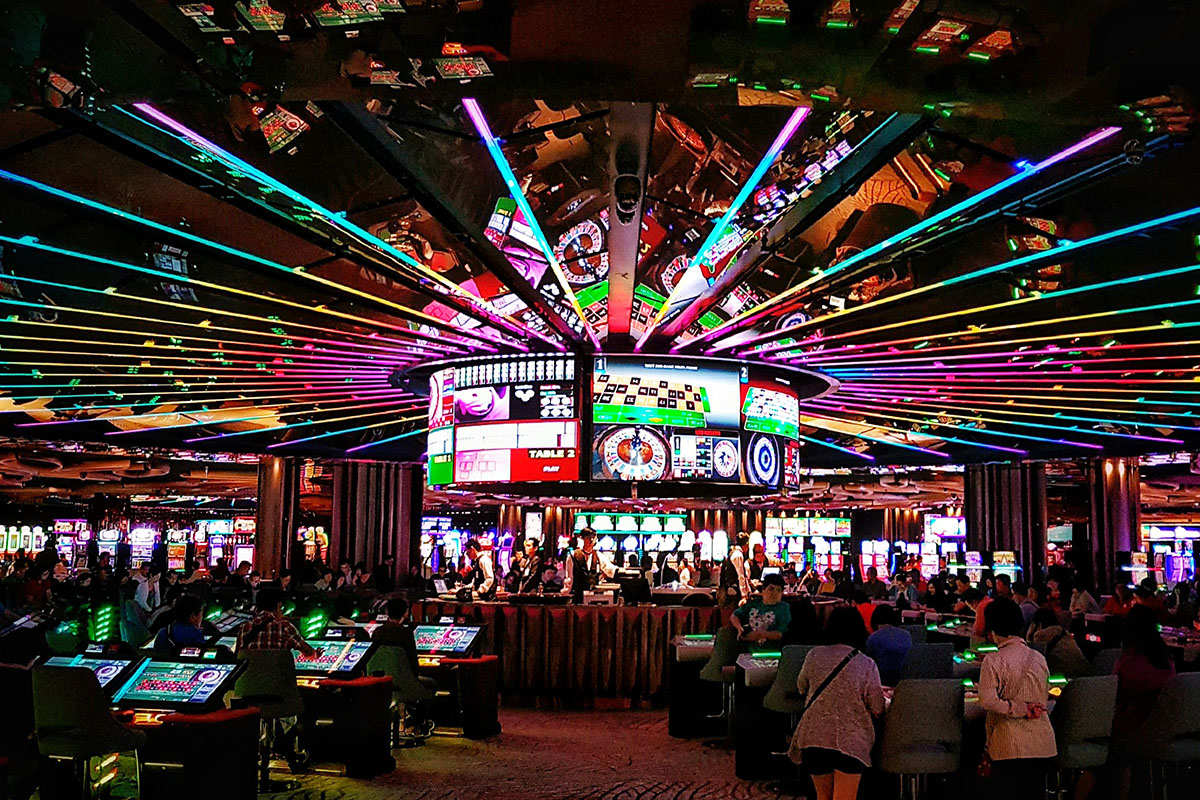
Within the vibrant and exciting world of casinos, wherein luck and strategy intertwine, hues and aesthetic play a key role in drawing in gamblers. As soon as visitors step into a casino or log into a gaming website, they are immersed in a sightly feast that grabs their attention and entices them to discover further. Bright colors, captivating graphics, and creative layouts are carefully crafted to create an environment of excitement and anticipation, ultimately improving the gaming encounter.
While gamblers move through the dynamic landscape of casino games, they encounter a variety of designs that not only serve aesthetic purposes but also affect emotions and decision-making. Colors like red and yellow symbolize wealth and fortune, while calm navy and greens can create a more tranquil environment. Understanding how these elements function together enables casinos to create an inviting and stimulating atmosphere that encourages players to interact with the games, invest additional time at the tables, and boost their general enjoyment.
The Science of Tint in Gaming Establishments
Color plays a critical role in the creation of gaming experiences, shaping players’ emotional states and actions. non GamStop casino UK Vivid and bold shades, such as scarlet and gold, are often used to ignite excitement and capture attention. These hues create a sense urgency and dynamism, encouraging participants to involve themselves more eagerly with the game. By thoughtfully selecting tints, creators aim to inspire emotions of satisfaction and anticipation, which can enhance the complete gaming experience.
Different hues also have psychological meanings that can influence how players perceive their chances of victory. For case, lime is commonly associated with good fortune and abundance, making it a popular choice in games like roulette and poker games. This association can result gamblers to feel more positive and self-assured in their gameplay, ultimately motivating them to bet more. Comprehending these links allows game creators to craft environments that enhance player satisfaction and retention.
Furthermore, the layout of casino game interfaces often uses color gradients and contrasting colors to instruct players’ responses. For instance, successful outcomes may be emphasized with striking, contrasting shades, creating a visual reward. This technique strengthens successful results and supports repeated engagement. By utilizing the psychology of color, casinos can design activities that not only attract participants but also maintain them involved and invested in their game experience.
Design Features that Attract Players
The visual appeal of casino games is primarily influenced by the use of vibrant colors. Lively and striking colors are strategically chosen to create an inviting atmosphere that captures interest. For instance, crimson and golden hues often signify luck and wealth, which is why they are common in the color schemes of gaming machines and game surfaces. These colors not only draw players in, but they also evoke emotions associated with excitement and expectation, enhancing the total gaming experience.
In parallel to color, the design and layout of gambling games play a crucial role in player attraction. Games are designed to be user-friendly, ensuring that players can quickly understand the rules and gameplay. Accessible interfaces, along with engaging graphics and motion, help maintain gamer interest and promote longer play sessions. The tactile elements, such as the feel of the buttons and the sounds of the games, also contribute to a holistic sensory experience that keeps players immersed.
Finally, conceptual elements in game design can significantly influence gaming decisions. Many gambling games are inspired by media, fairy tales, or exploration motifs, featuring symbols and characters that resonate with players. These themes create a sense of engagement and relatability, making each game feel unique. When players feel a connection to the theme, they are more likely to opt for that game over others, leading to higher participation and excitement within the casino environment.
Case Studies: Successful Gambling Game Designs
One prime example of impressive gambling game design is the popular slot machine series themed around blockbuster movies. Games such as those based on the Wizard of Oz and Game of thrones utilize dynamic colors and top-notch graphics to engage players in recognizable narratives. The use of dynamic visuals and captivating sound effects captures the attention of players, establishing an emotional connection to the theme. This tactic not just encourages longer play but also improves the overall gaming experience, resulting in increased player retention.
Another notable case is the use of color psychology in table games like 21 and roulette. Casinos often develop these games with rich reds and greens, colors traditionally connected with luck and wealth. For instance, the emerald felt on a blackjack table provides a calming effect, while the crimson accents in roulette invite excitement. This deliberate use of color helps to create an inviting atmosphere that stimulates players to participate, addressing their psychological impulses and increasing their enjoyment.
Finally, online casino games that feature social features and lively, lively designs have experienced remarkable success in engaging players. Games like Zynga’s Poker and Slotomania leverage vivid colors and playful animations to forge an inviting online environment. The inclusion of leaderboards, community sharing options, and in-app rewards fosters competition and community, drawing players in for longer sessions. Such designs not only make the games visually enticing but also underscore community engagement, a crucial factor in player retention and engagement within online casino environments.
